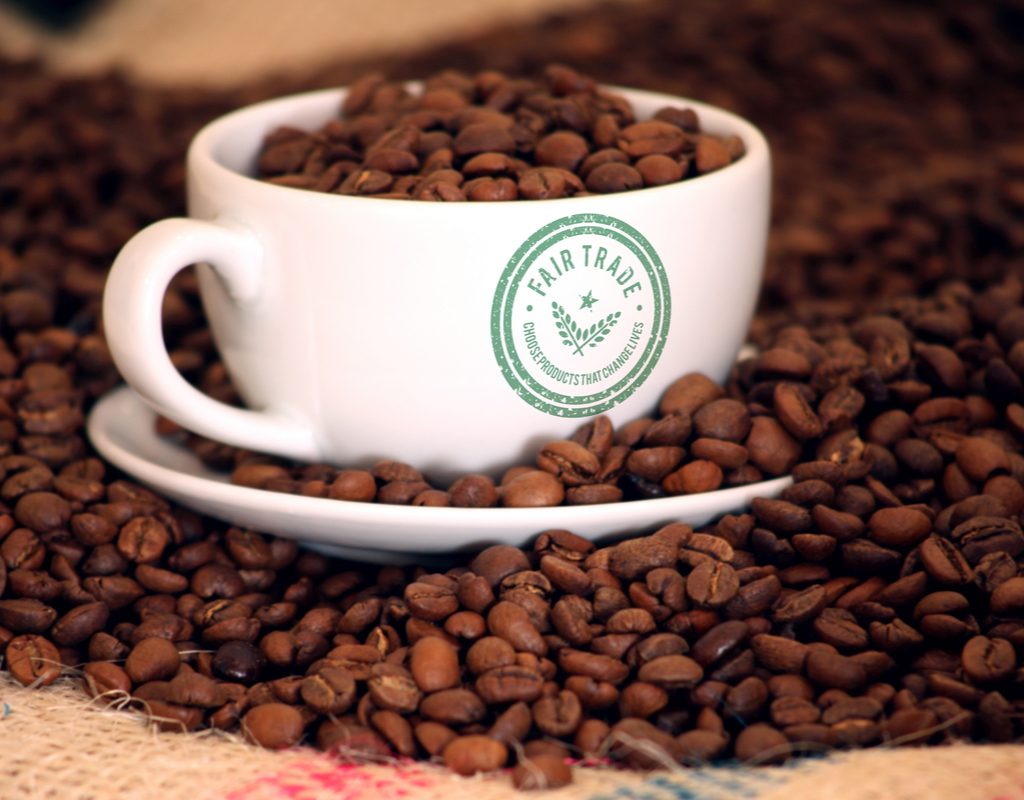
OK, pop quiz. What’s the best action a person can take if they want to help the environment?
Buy an electric vehicle? Nope.
Reduce airline flights? Another good one, but no.
Recycling? Very important, but it’s another no.
Unplugging your chargers from the wall when they’re not in use? Now we’re just being silly.
The answer is in the food you eat. Metaphorically speaking, of course.
It turns out that food requires staggering amounts of energy and other resources to produce and transport. According to a recent study, the world’s food systems account for more than one-third of all greenhouse gas emissions.
This is where your decisions (and grocery dollar) can make a surprising difference. The list below is by no means exhaustive, but these changes can pack a powerful punch for the planet.
Where’s the beef? Gone, ideally
It can be hard to resist a good cheeseburger or a perfectly grilled steak. Can’t you just smell it? Well, that smell might as well be burning tires, at least if you’re concerned about the environment. For green purposes, eating beef is as bad as it gets.
According to a recent analysis from the British website, Carbon Brief, every stage of beef production is remarkably energy-intensive. Before it ever hits the table, every kilogram of beef generates a whopping 60 kilograms of greenhouse gas emissions–more than the second- and third-largest food emitters (lamb and cheese, respectively) combined.
If you can make one dietary change to help the environment, this is it.

Eat more plants
A full-fledged vegan diet is not for everyone. Nevertheless, adding more produce and plant-based protein to your diet–it’s not all or nothing, after all–is a relatively straightforward way to help the planet. And a big help at that.
According to authors of a 2018 study, “a vegan diet is probably the single biggest way to reduce your impact on planet Earth, not just greenhouse gases, but global acidification, eutrophication [the increase in the concentration of phosphorus, nitrogen, and other plant nutrients in lakes and rivers that has damaging effects], land use and water use…It is far bigger than cutting down on your flights or buying an electric car.”
Cutting out meat can feel like a big change, but new advances in food are making it easier than ever. Companies like Impossible and Beyond produce plant-based “beef” that’s remarkably similar to the real McCoy. Other meat substitutes, from pork to chicken and even seafood, are starting to appear on market shelves.
You don’t need to go all the way vegan to enjoy these new products and reduce your footprint. Dip your toes in and give it a try.
The good and the bad: Non-meat edition
The other aisles of the grocery store are by no means above scrutiny. Many foods, because of energy use or water consumption or some other reason, have lower impacts than others. Here is a list of some of those foods, divided into those that are good and bad for the planet.
Lower impact
– Tomatoes
– Potatoes
– Lentils
– Peas
– Beans
– Broccoli
Higher impact
– Almonds
– Dairy products
– Coffee
– Chocolate
– Sugar
– Corn
Know your certifications
No one expects you to be an overnight expert on what is and isn’t sustainable–is such a thing even possible? While it can be complex, these certifications can be helpful. Look for these seals of sustainability improvement on your next shopping trip.
– RSPO Certified Sustainable Palm Oil: Palm oil is a popular ingredient in many packaged foods, from pizza to crackers to cake. But palm oil farmers in South America, Asia, and beyond are notorious for clear-cutting large swaths of rain forest or other biologically sensitive areas to create the space for palm oil farms. Look for the Roundtable on Sustainable Palm Oil stamp of approval to help make a difference.
– USDA Organic seal: The federal government confers this certification on farms that use natural agricultural practices, from greener pesticides to antibiotic-free livestock feed.
– Marine Stewardship Sustainable Seafood: This certification is controversial, but by and large is viewed as a useful tool to help shoppers identify responsibly caught seafood.
– Fair Trade Certified: This seal is found on many products and not only food. It means a product was not just developed sustainably but in harmony with local workers and economies. Fair trade coffee is particularly well-known, in part because, like palm oil, traditional coffee farming practices degrade rain forests and similar areas.
As with many modern problems, no single thing is going to save the planet. But some actions have far greater impacts than others. The biggest difference you can make is in what you eat, and these are as close to silver bullets as an individual consumer is likely to find.
BlissMark provides information regarding health, wellness, and beauty. The information within this article is not intended to be medical advice. Before starting any diet or exercise routine, consult your physician. If you don’t have a primary care physician, the United States Health & Human Services department has a free online tool that can help you locate a clinic in your area. We are not medical professionals, have not verified or vetted any programs, and in no way intend our content to be anything more than informative and inspiring.




